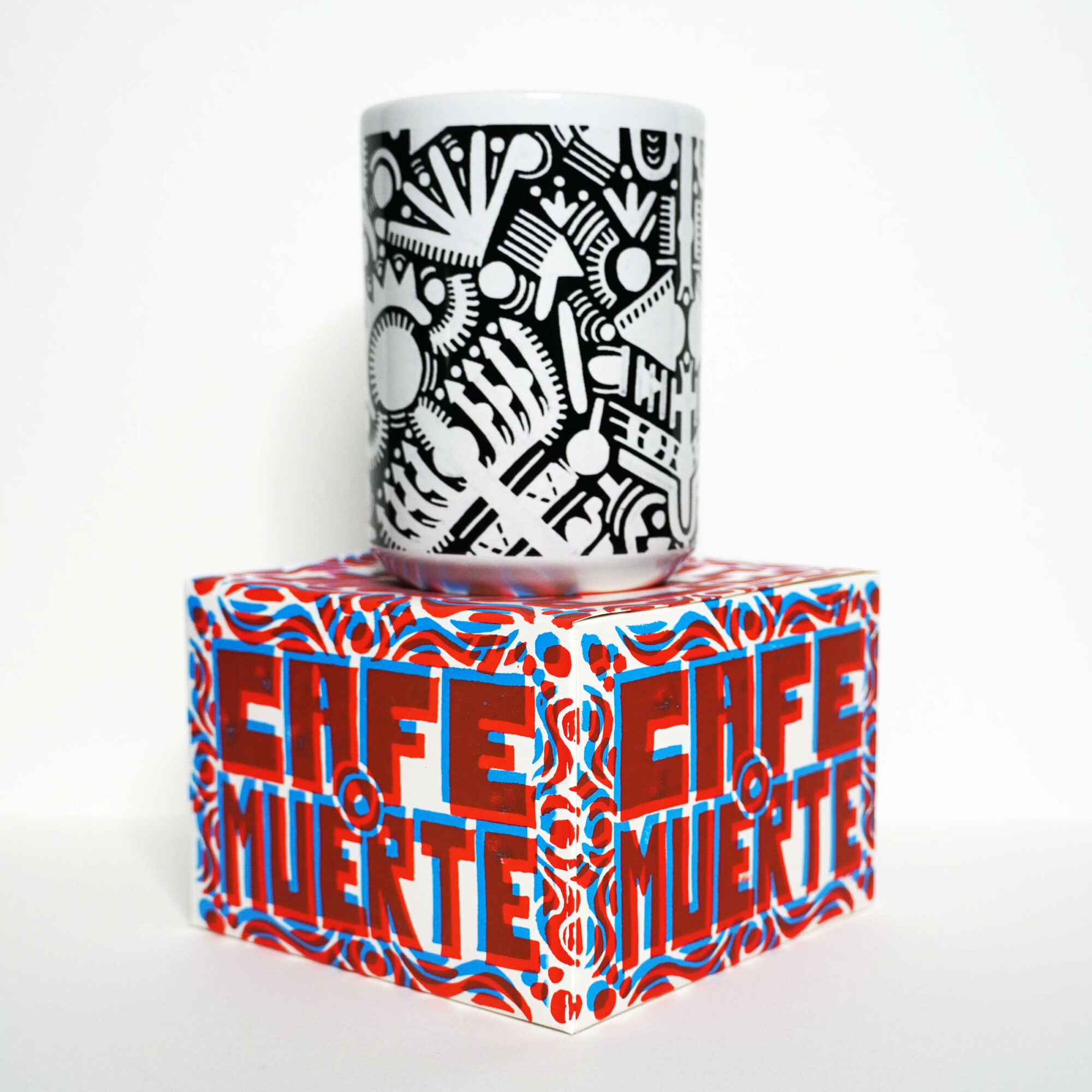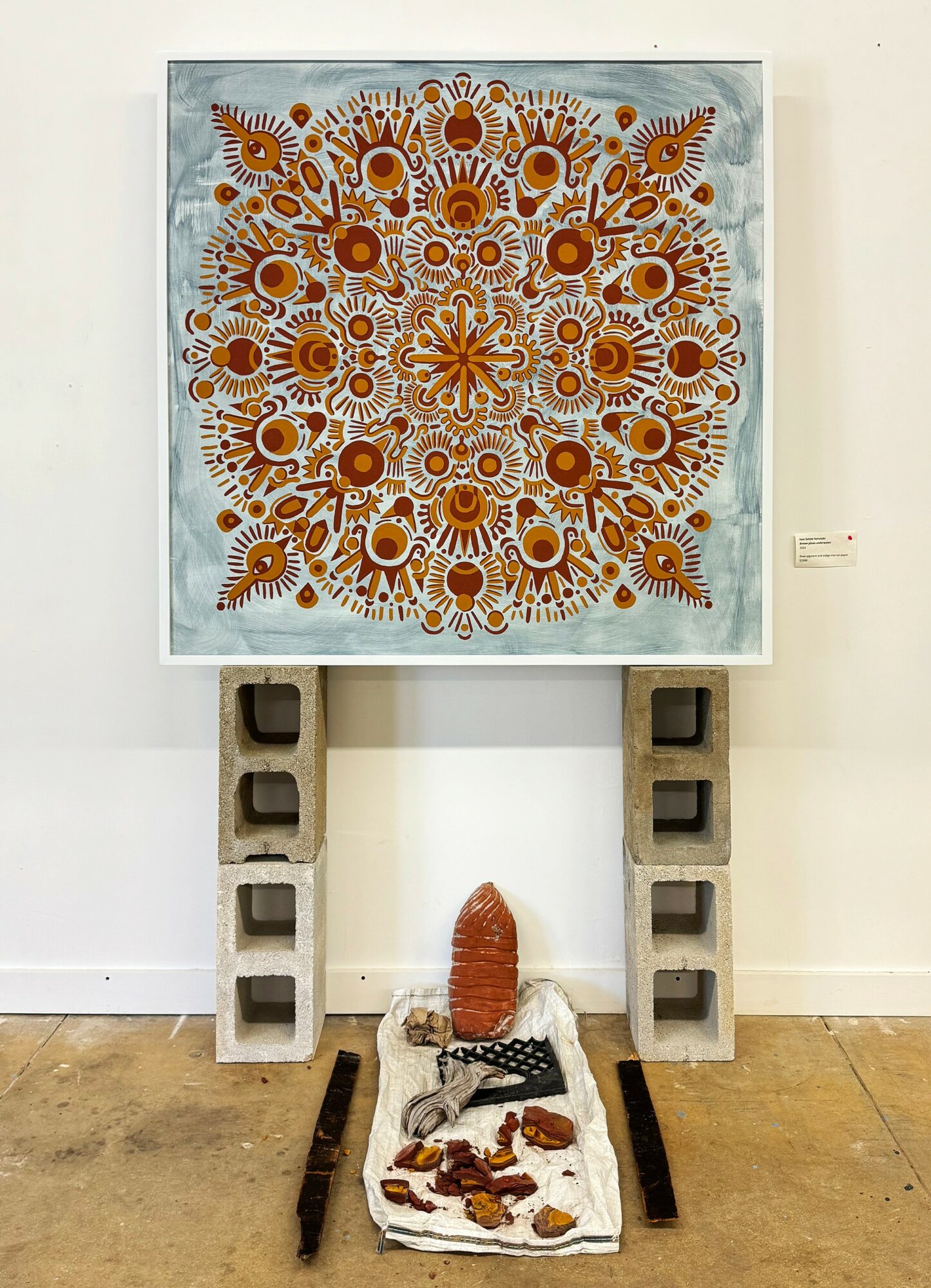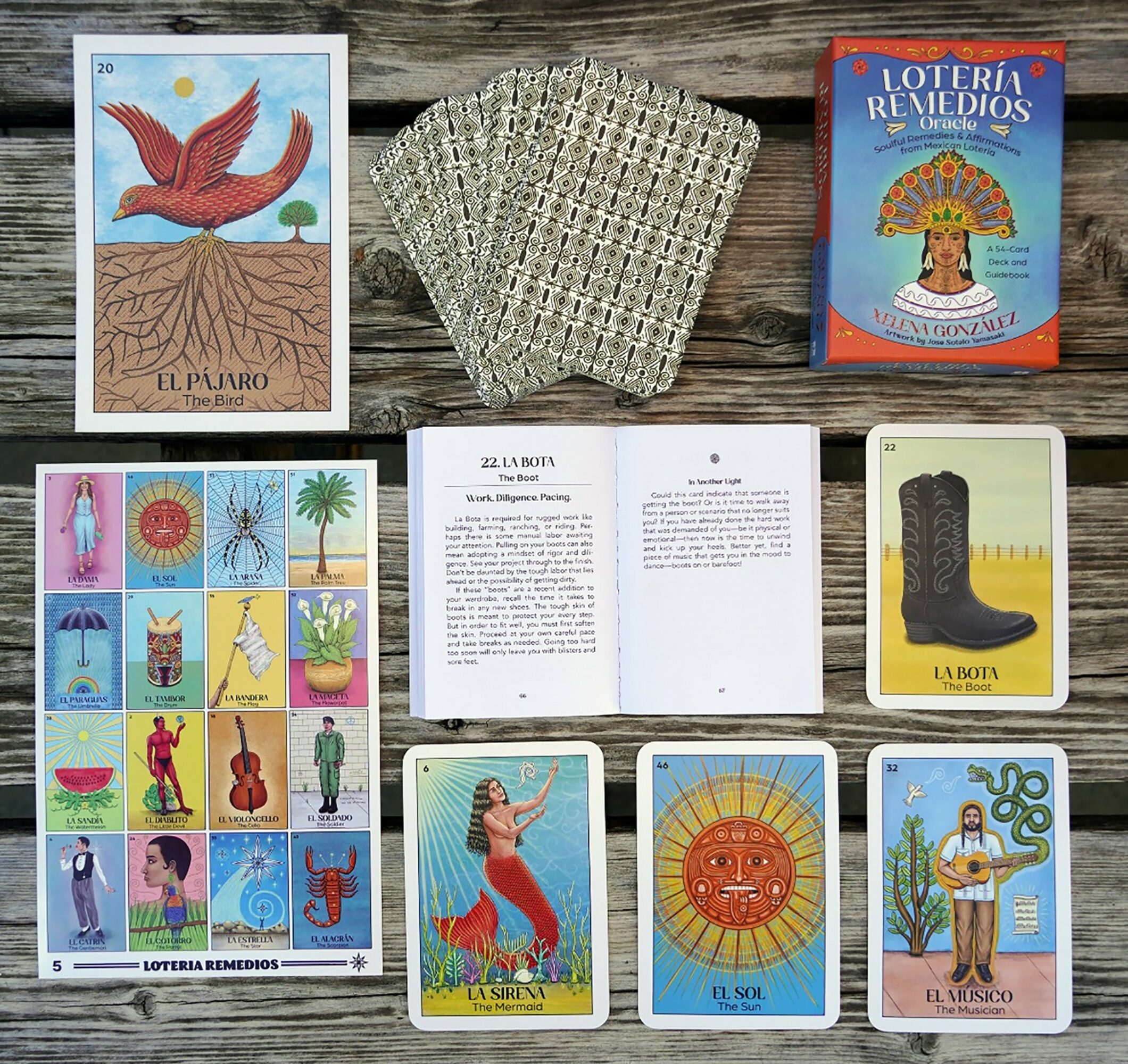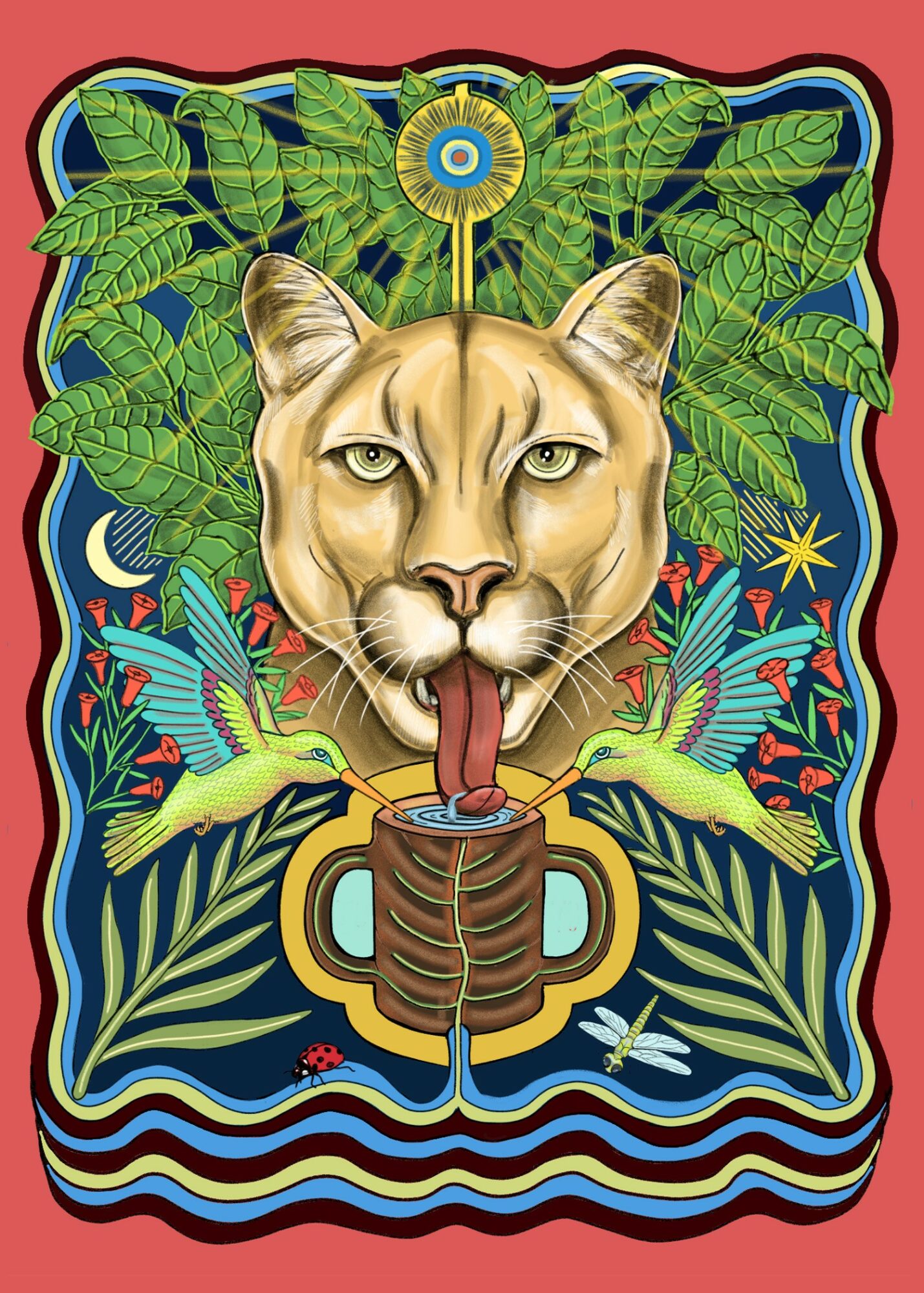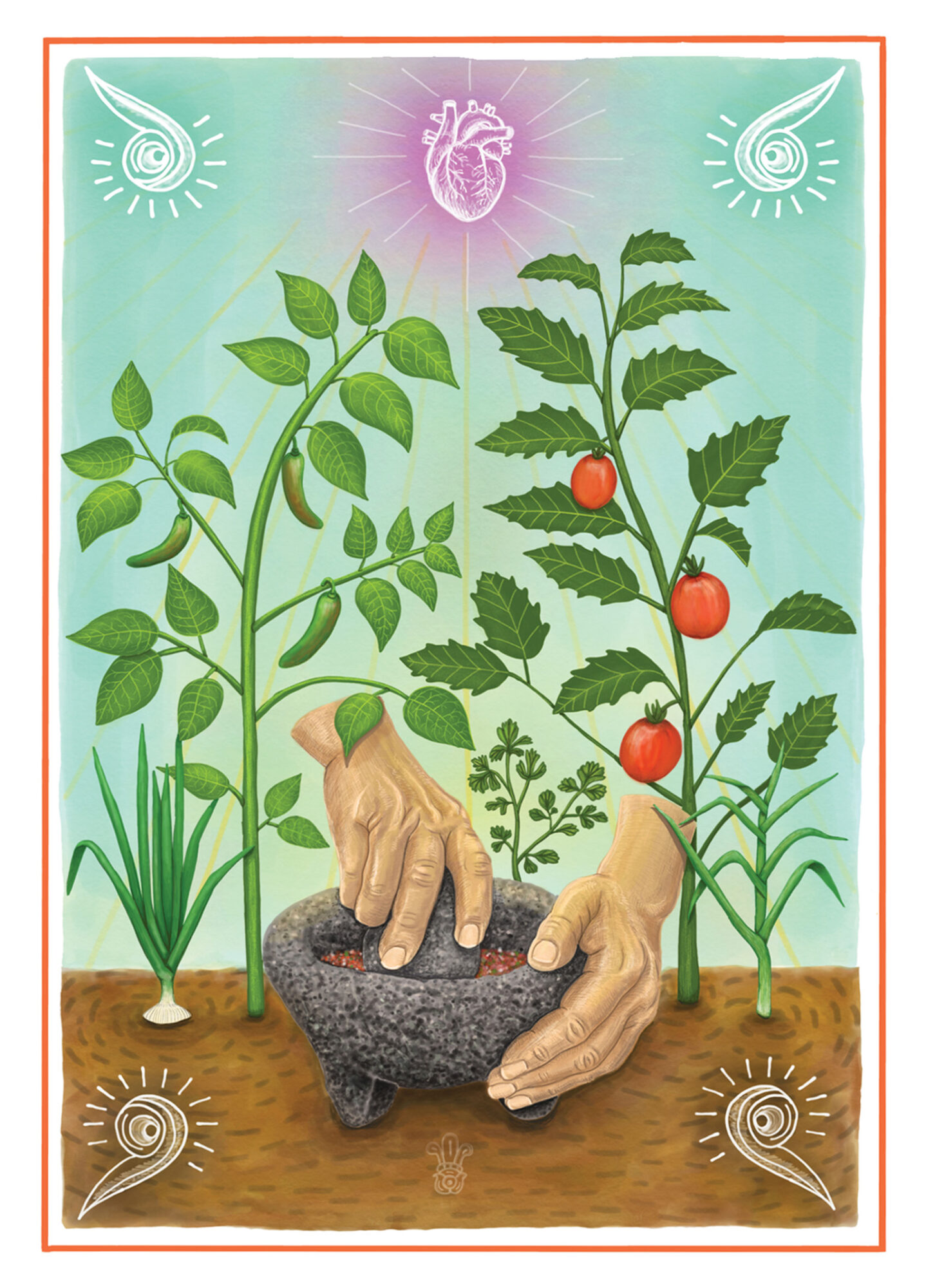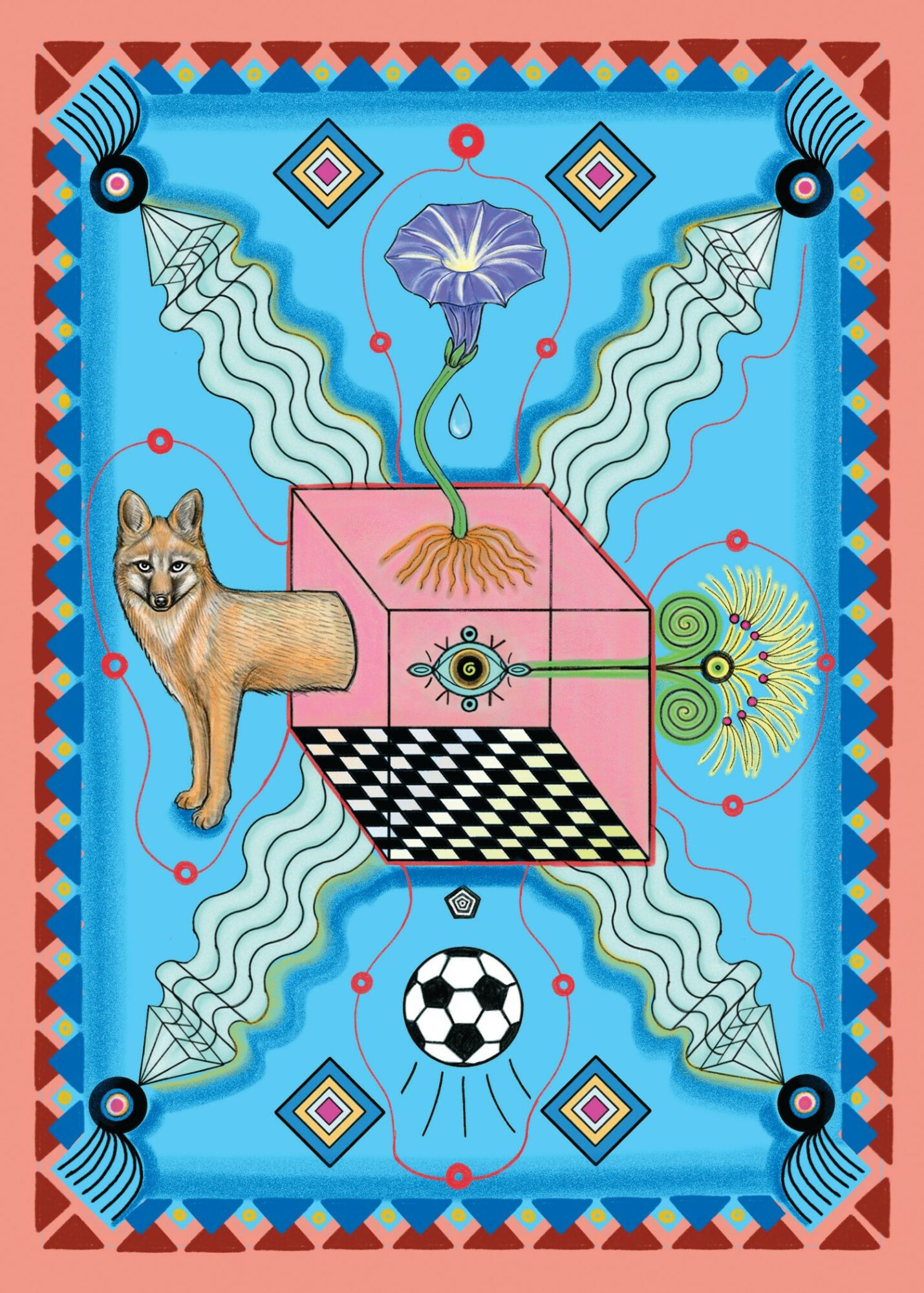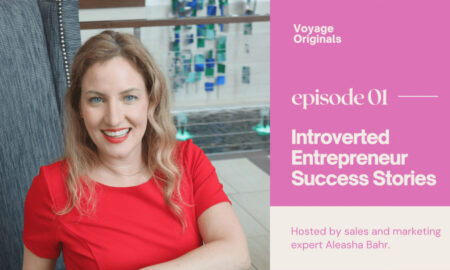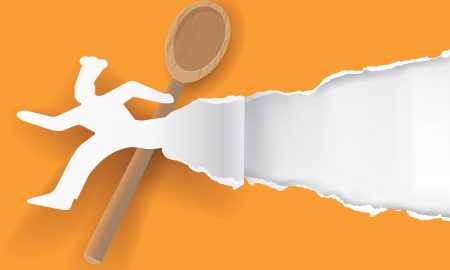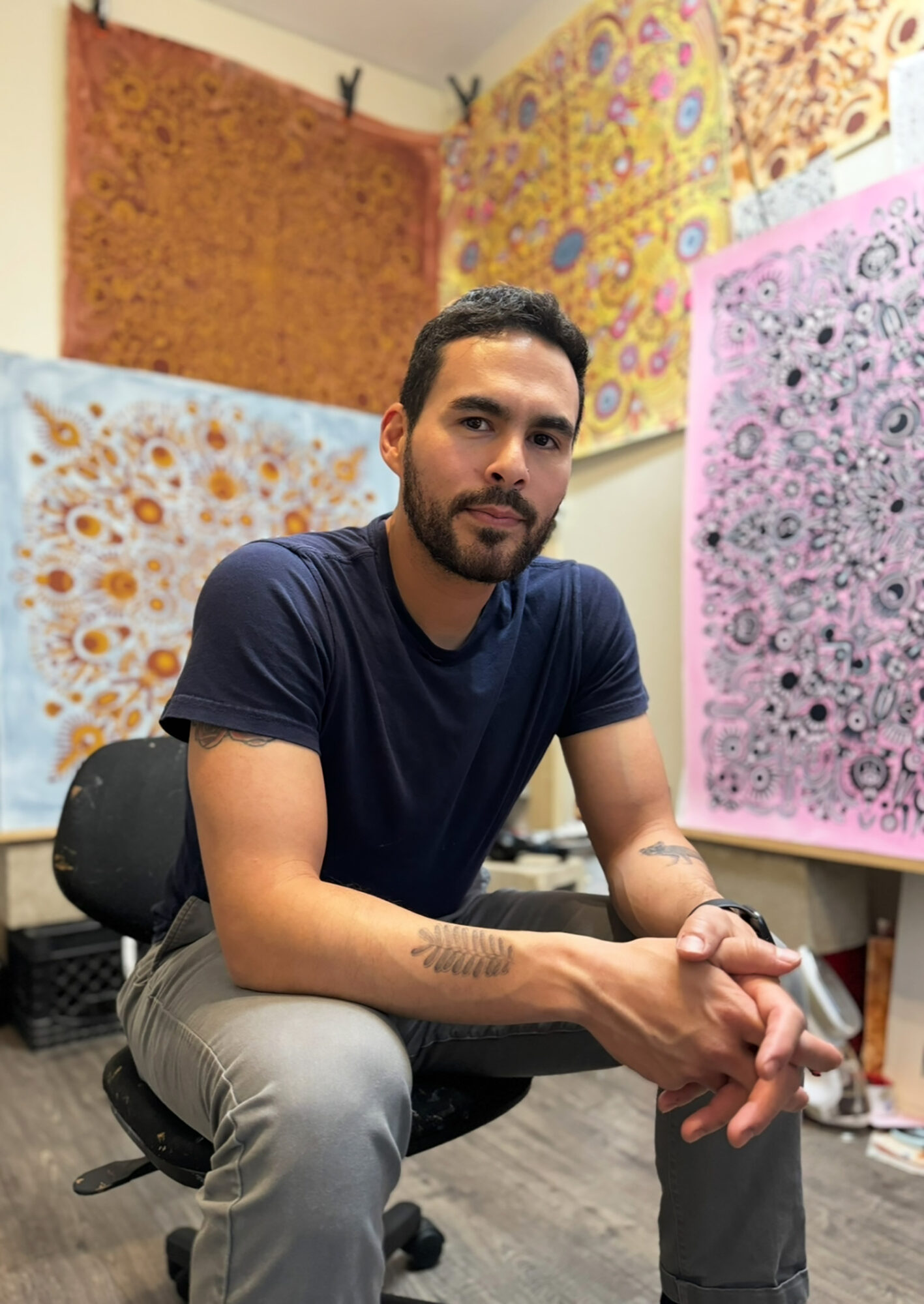

Today we’d like to introduce you to Jose Sotelo Yamasaki
Hi Jose, so excited to have you on the platform. So before we get into questions about your work-life, maybe you can bring our readers up to speed on your story and how you got to where you are today?
I can pinpoint the exact moment I knew I wanted to be an artist. Over time, that vision has evolved, but my love for creating—almost to the point of obsession—has remained constant. That moment came in second grade when I imagined myself drawing a rose. I remember the classroom being loud—kids yelling, moving around—but in that chaos, I put my head down and entered a place of pure focus. It was as if I had stepped into a white room, where everything was still, calm, and peaceful. In that moment, I tried to navigate the memory of how to draw a rose, floating in the center, its thorns extending outward. From what I can recall, it probably looked more like a carnation—lol.
I always share this story with close friends and family, but there’s a second part that shaped who I became as an artist. After finishing that drawing, still mentally sitting in that peaceful white room—so soft and comforting, like being wrapped in the feathers of a white dove—I suddenly felt myself get pulled back into my body. The sounds of kids screaming and shouting rushed in first, then I lifted my head and realized I had returned to reality. For a brief moment, I felt torn between which reality I enjoyed more. Not that I could ever really make that choice. After that experience, I placed the drawing inside a red folder and went about my day as a seven-year-old.
That evening, my mom pulled into our driveway in an ’80s Ford station wagon with its roaring V8 engine. As soon as I heard it, an electric spark ran through my body. I jumped up from the cartoons playing on the TV, ran to grab my folder, and sprinted to the kitchen, settling into one of our wobbly brown chairs. I had timed it perfectly—my audience had arrived. My mom’s heels clapped against the cement walkway, then muffled against our brown ’70s carpet. The moment she walked in, I opened my folder and said, “Ama, mira!”
She paused for about five seconds, looked at my drawing, and said, “¿Qué es esto? ¿Es una cosa de cholos?” Then she walked away to check if we had remembered to turn down the beans on the stove.
Basically, she dismissed it entirely. To her, it was just a drawing representing gang culture. And to be fair, that was my only real exposure to art at the time. It was the ’90s, and I was heavily into lowrider magazine artwork—airbrushed roses, dice, and cholas depicted like the Virgen de Guadalupe with praying hands.
After that, I didn’t create much, though my imagination never stopped. I would rearrange the interiors of our house twice a month. I built spaceships out of egg cartons, mapped out entire cities in the dirt. I was a deeply creative kid, but I didn’t realize it at the time.
Needless to say, there was never any real support for art in my household. Not that it was anyone’s fault—it was just how things played out. And to be honest, I think everything happens for a reason, so not having that support was just part of the bigger picture. It pushed me to find my own way, to explore art on my own terms, and ultimately shaped the artist I am today.
It wasn’t until high school that I truly felt the urge to create again. Photography became my reintroduction to art, then graphic design, and from there, I never stopped learning, experimenting, and making. Since I was never given a clear direction as a child, I think I developed a natural instinct to explore freely as an adult—especially as an artist. I draw, I paint, I sculpt, I print, I illustrate. I don’t believe in placing limitations on myself as a creative.
I mention this story so much because I know there are kids out there having the same experience. I want those reading or going through it to know that we are connected, and that through discipline, self-reliance, strong practice, and determination, you can set and accomplish all your creative goals.
At this moment, as an artist, I feel good. In my mind, I have years of work ahead of me, though I’m not entirely sure how it will all manifest. This past year, I became a published illustrator through Hay House Inc. for an oracle deck called Lotería Remedios, a collaboration with San Antonio author and friend Xelena González. I recently exhibited at the Culture Commons Gallery for a show called Confluence of Cultures: Nuestra Gente, Cultura, y Comida, and I’m looking forward to bringing new ideas into motion.
Would you say it’s been a smooth road, and if not what are some of the biggest challenges you’ve faced along the way?
I think the biggest struggle is trying to make a living from your artwork—to not just sustain life but to thrive while doing it. When you become obsessed with what you do, a “real job” doesn’t always feel like a real choice. But like many artists in our city, I still work a 9-5 to support myself. On top of that, I’m both an artist and a musician, so it’s like having three part-time jobs, there are many of times where I average 60hrs of work a week.
I think most people see art as a passion project, but artists see it as a way of life—something we’ll do until the very end. And even after we’re gone, our work will outlive us. It will be seen, heard, touched, tasted—experienced by future generations long after our lives have finished.
I don’t think the road has ever been smooth, but whose has? If it were easy, everyone would do it—and I think some of the magic would be lost.
Thanks – so what else should our readers know about your work and what you’re currently focused on?
Because I don’t put limits on myself, my work can sometimes feel like it was created by different people. I’d say my work is deeply rooted in storytelling, culture, and the relationship between humanity and nature. Although what manifests at times may seem abstract, the process itself carries what needs to happen in the moment of creation. I don’t specialize in any one thing, but I’ll try anything. My work feels like a mashup or collage of everything I’ve learned along the way.
That being said, I paint, I illustrate, I design, I assemble, and I sculpt. I’m most proud of the work I’ve created in recent years—especially my new paintings, which I feel can carry me into the future. They have a foundation I can keep building on, allowing me to evolve and continue creating.
I’m also incredibly proud of becoming a published illustrator this past year for the Lotería Remedios deck. That project took two years of work in collaboration with author and friend Xelena González. I created 55 illustrations for it, and some of them are among my best images to date. The experience also showed me the true capacity of my creativity.
I’m proud to be working in San Antonio, a city with incredible pockets of artist communities spread throughout. What sets me apart from others is that I don’t want to be set apart. My work may distinguish itself in many ways, but personally, I want to be more involved in the community, more connected with other artists. I believe in building a creative future together—one that fosters opportunities not just for us, but for the generations of artists to come.
What was your favorite childhood memory?
I have two favorite childhood memories.
The first is the memory of sitting in class and trying to draw that rose. Over the years, that moment has taught me so much—philosophically, emotionally, and about what art truly means to me. I think of the rose as a symbol of perfection, and I often wonder: Can perfection actually be achieved, or is it the attachment to perfection that keeps me going? And if it is, how do I detach myself in order to truly evaluate my process? The white, peaceful, foggy, dove-wing room I experienced in that moment showed me that what I truly loved wasn’t just creating the rose itself, but the experience of entering and exiting that space in time. To me, exiting and entering that space has become one of my obsessions. Feeling that peaceful moment can still be achieved, although it gets more difficult with time. I’ve come to realize that the process is the most important part of creating. Yes, the final piece matters, but the journey of getting there is just as significant. That memory shaped the way I approach my work—it helped me understand that I am most drawn to the act of creating rather than just the outcome.
The second memory is my family’s first trip—to Mexico City, my mother’s birthplace. As a kid, I had a deep love for nature and history, and at the time, I wanted to be an archaeologist. Visiting that city connected with me in a profound way. I got to experience how my mom lived—what she ate, who her neighbors were, and the home she grew up in. Walking down the same streets she and her sisters and brothers once ran through made me feel like I was stepping into her past. The energy of the city itself reflected the intensity of my mother—why she walked so fast, why she was always moving, why she would constantly tell us as kids, “¡Ponte trucha!”—a Mexican slang phrase that means “be on your toes” or “pay attention.”
Visiting the pyramids and witnessing firsthand how colonialism had tried—but failed—to erase the past was transformative. As I stood there watching, the past was being excavated, studied, and, in many ways, reimagined. That trip changed me. It helped me understand my roots, my history, and the deeper layers of identity. It shaped not only who I am as a person but also the way I see the world as an artist.
Contact Info:
- Website: https://tuyyo.shop
- Instagram: https://www.instagram.com/josesoteloart/
